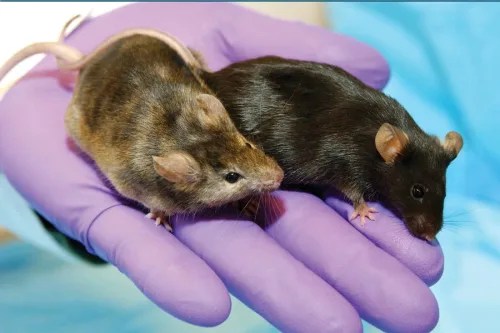Animal Biology Program
Overview
Life in space produces profound changes in biology. All organisms on Earth have adapted to perform under conditions of gravity, atmosphere, and cycles of light and darkness that have not changed in millions of years, conditions which are altered aboard spacecraft like the ISS. For example, while circling Earth at speeds of 17,130 miles an hour, crewmembers of the ISS experience sunrise and sunset 16 times a day! Simply put, terrestrial organisms are not designed for life in space.
The goal of the Space Biology Program in the animal biology area is to understand the basic mechanisms that animals use to adapt and/or acclimate to spaceflight and alterations in gravity in general. Animals are frequently used to model human disease as well as how humans respond to stressful stimuli. The most commonly used model organisms for which genomics are now well defined include vertebrate species, e.g., rodents, both rats and mice, and a variety of invertebrate species, e.g., nematodes and insects. NASA has used these model organisms extensively to evaluate biological spaceflight hazards, elucidate the fundamental mechanisms life uses to adapt to microgravity, and apply such knowledge to advance human exploration, and for societal benefits on Earth.
As we examine the impacts of spaceflight on animal biology and physiology, we ask the following questions:
- Do the effects of spaceflight level off over time, get worse, or get better?
- Are the effects of spaceflight exposure permanent or do they decrease and/or vanish with time upon return?
- Can we prevent adverse effects before they appear, or at least lessen their impact?
- What conditions are required for animals to live in space for years, come back to Earth, and remain healthy?
Read about a Behavior Analysis Study that shows mice adapt to spaceflight.



























